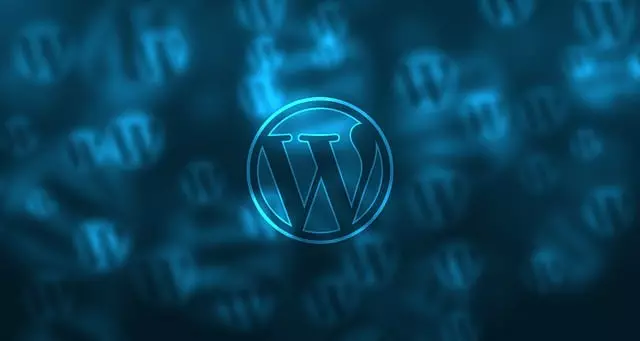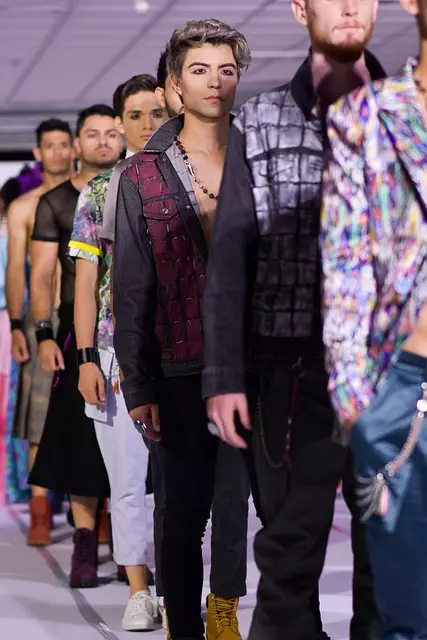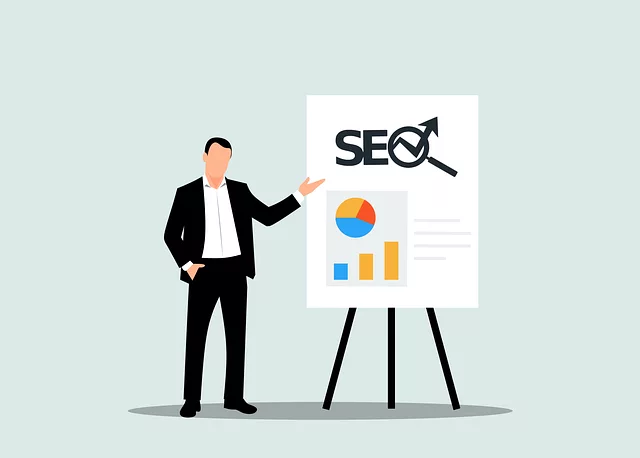The latest web design trends for 2024 focus on minimalism, with clean lines and simple designs enhancing user experience. Micro-interactions add subtle animations for better engagement, while Dark Mode improves legibility and reduces eye strain. Personalization is key, leveraging AI to tailor content based on user preferences. Responsive design ensures optimal viewing across devices, and 3D/AR technologies create immersive experiences. Sustainable practices, including efficient code and hosting solutions, are gaining traction to minimize environmental impact. These trends prioritize user-centric designs while staying eco-conscious.
The digital landscape is ever-evolving, and 2024 promises exciting innovations in web design. This year, minimalist aesthetics with clean lines and simple designs continue to dominate, prioritizing user experience through subtle animations in micro-interactions. Dark mode gains traction for enhanced legibility and visual appeal, while personalization at scale ensures tailored web experiences. Additionally, sustainable web design practices emerge, focusing on eco-friendly solutions. Get ready to explore these and other latest web design trends shaping the online world in 2024.
Minimalist Aesthetics: Clean Lines and Simple Design

In 2024, minimalist aesthetics continue to dominate as one of the leading web design trends. Websites are embracing clean lines and simple designs, prioritizing user experience over visual clutter. This approach not only makes navigation easier but also enhances load times, contributing to better overall performance. The latest web design trends reflect a move away from overly decorated interfaces, focusing instead on clarity and simplicity.
This minimalist trend is not just about less; it’s about making every element count. Designers are utilizing negative space effectively, allowing content to breathe and stand out. Simple typography choices, balanced color palettes, and strategic use of white space create a refined and modern look that resonates with users across various industries. By adhering to these latest web design trends, businesses can craft websites that are not only aesthetically pleasing but also highly functional and user-friendly.
Micro-Interactions: Adding Subtle Animations for Enhanced User Experience

In the realm of web design, micro-interactions are a subtle yet powerful tool to enhance user experiences in 2024. These tiny animations bring websites to life by providing visual feedback, making interfaces more intuitive and engaging. By incorporating micro-animations into button clicks, form submissions, or loading indicators, designers can create a sense of interactivity that captivates users without overwhelming them. The latest web design trends emphasize subtle, well-timed animations that add a layer of sophistication to user interfaces.
This trend is driven by the desire to create more immersive digital experiences. Users appreciate when websites offer instant feedback, making their interactions feel more responsive and satisfying. Micro-interactions not only improve usability but also foster a positive perception of the brand or application, encouraging users to spend more time on the site. As web designers explore this trend, they can elevate the overall user experience while keeping the design clean and minimalist.
Dark Mode Dominance: Enhancing Legibility and Visual Appeal

In the ever-evolving landscape of web design, one trend has been steadily gaining momentum and is poised to dominate 2024: Dark Mode. This design choice isn’t just a passing fad; it offers a significant boost in both legibility and visual appeal for users. By adopting darker color palettes, websites can significantly reduce eye strain, making them particularly appealing for prolonged browsing sessions or for users with visual impairments.
The shift to Dark Mode also aligns with contemporary aesthetics, enhancing the overall user experience. It allows designers to create immersive, sophisticated interfaces that cater to modern users’ preferences for minimalist and sleek designs. As we move further into 2024, expecting to see this trend not just as a secondary consideration but as a standard feature in the latest web design trends, providing a balanced and comfortable viewing experience for all visitors.
Personalization at Scale: Tailoring Web Experiences

In the realm of web design, personalization has moved from a nice-to-have to an absolute necessity in 2024. The latest web design trends highlight the importance of tailoring user experiences based on individual preferences and behaviors, all while maintaining a seamless and intuitive interface. By leveraging advanced technologies like AI and machine learning, designers can now create dynamic websites that adapt content, colors, layouts, and even interactivity to match each visitor’s unique needs and tastes. This level of personalization not only enhances user engagement but also fosters a deeper connection between the brand and its audience, making every interaction feel uniquely theirs.
As folks navigate an increasingly digital world, they expect personalized experiences that feel tailored just for them. The latest web design trends embrace this expectation by focusing on scalable, data-driven personalization at every touchpoint. From smart content recommendations to location-based offerings, websites are becoming more adaptive and responsive. This approach ensures that each user feels understood, appreciated, and ultimately, encouraged to return, thereby driving business growth and contributing to a richer online experience.
Responsive Design Evolution: Adapting to Diverse Screens

The year 2024 marks a significant milestone in the ever-evolving landscape of web design, where the focus shifts towards creating seamless and adaptable user experiences across a myriad of devices and screen sizes. Responsive design, once a groundbreaking concept, has now become an indispensable aspect of modern web development. As technology advances, designers are constantly refining their approach to cater to the diverse needs of users on desktops, tablets, and mobile phones.
One of the latest web design trends is pushing the boundaries of responsiveness even further with advanced media queries and flexible layouts. Designers are experimenting with dynamic content arrangements that adjust not only to screen dimensions but also to user preferences and interaction behaviors. This evolution ensures that websites remain relevant and accessible, providing an optimal viewing experience regardless of the device or the user’s personal style.
3D and Augmented Reality: Blurring the Line Between Digital and Physical

As we move into 2024, one of the most exciting developments in web design is the increasing integration of 3D and augmented reality (AR) technologies. These immersive experiences are no longer confined to dedicated apps or games; they’re seamlessly blending with our digital interactions, blurring the line between the physical and digital worlds. Websites are beginning to adopt these innovations, offering users interactive and visually stunning interfaces that enhance engagement. For instance, 3D product visualizations allow shoppers to explore goods in a more lifelike manner, while AR filters can transform web pages into dynamic, interactive experiences.
This fusion of technologies is not just a fleeting trend but a fundamental shift in how we interact with digital content. The latest web design trends heavily lean towards creating immersive, multi-sensory environments that captivate users. With advancements in accessibility and usability, 3D and AR features are no longer limited to high-end marketing campaigns; they’re becoming integral parts of everyday web experiences. This evolution promises to revolutionize e-commerce, education, and even entertainment, making online interactions more dynamic, engaging, and future-forward.
Sustainable Web Design: Eco-Friendly Practices and Their Impact

As one of the leading latest web design trends for 2024, Sustainable Web Design is gaining traction among designers and developers. This approach focuses on minimizing the environmental impact of websites by adopting eco-friendly practices throughout the design and development process. It involves optimizing website performance to reduce energy consumption, utilizing sustainable hosting solutions, and incorporating elements of circular design principles.
The impact of these practices extends beyond aesthetics; they contribute to a more significant goal of reducing carbon footprints. By prioritizing resource efficiency, such as leveraging lightweight code, compressing images, and employing lazy loading techniques, web designers can significantly lower the energy required to power websites. Additionally, using renewable energy sources for hosting and data centers aligns with the growing demand for businesses to adopt greener technologies, making Sustainable Web Design not just a trend but a responsible step towards a more environmentally conscious digital future.
